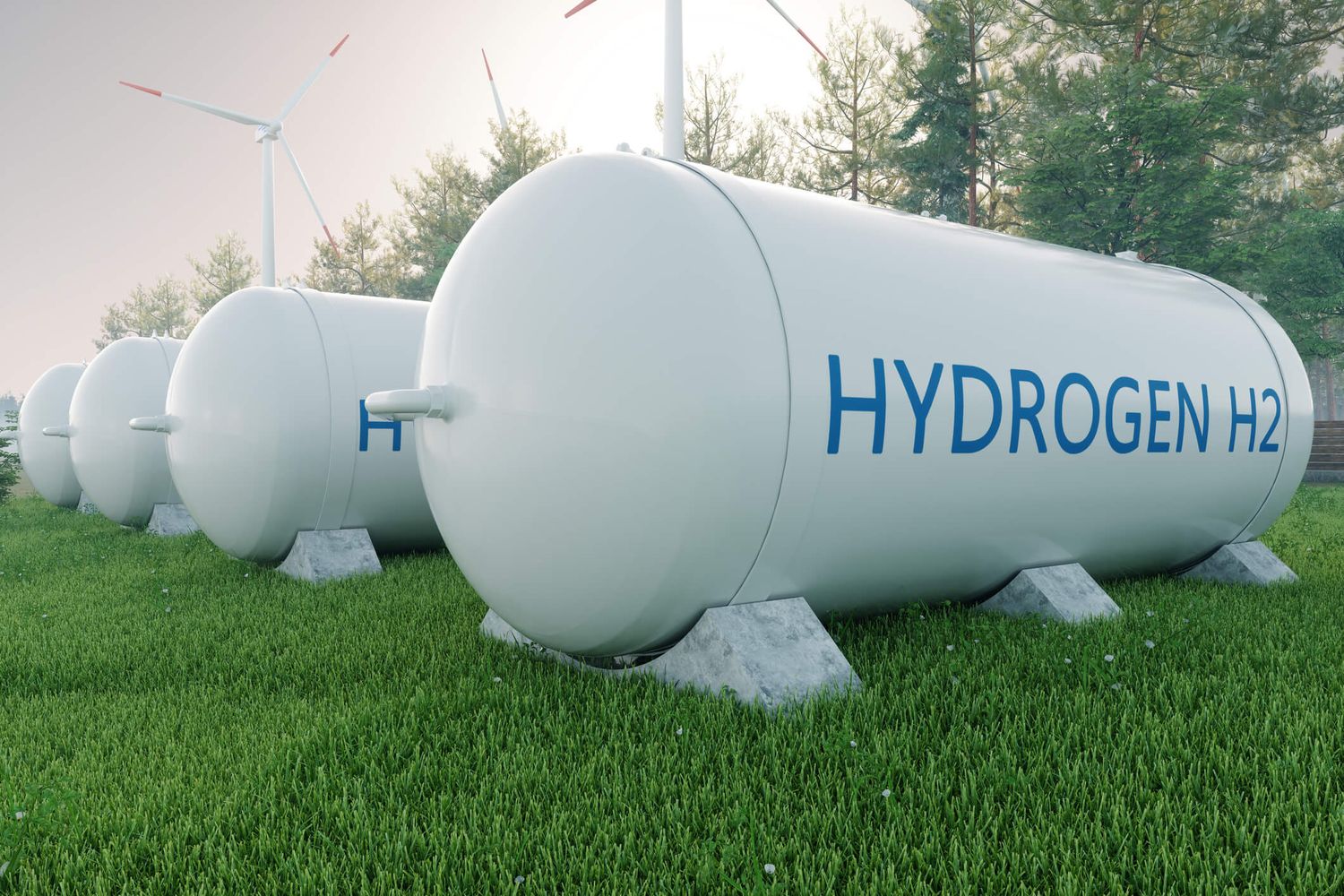Green hydrogen: One of the main initiatives for sustainable aviation will be produced in Argentina
The Australian company Fortescue Future Industries (FFI) will invest 8.4 billion dollars for the development of green hydrogen projects in Argentina. The announcement was made within the scope of the United Nations Climate Change Conference (COP26), which is taking place in Glasgow, Scotland.
For some time now, we have been reporting on the different developments in which the industry is working -with the support of governments and non-governmental organizations- to incorporate new technologies to reduce carbon emissions and the environmental impact of aviation worldwide. Among all of them, green hydrogen plays a crucial role in the long term, given its characteristics as a totally clean fuel capable of powering aircraft.
The energy content of green hydrogen is up to three times higher than that of conventional fossil fuels, and its production is totally pollution-free when using renewable energies such as wind, solar, hydroelectric, among others. The process to generate hydrogen is called electrolysis, a method that uses water, natural sources such as plants, and electrical energy to split water molecules and separate hydrogen atoms from oxygen atoms. In this case, fuel is generated that emits no emissions either in its production or consumption.
The aeronautical environment is giving powerful signals in relation to the bet on green hydrogen as a concrete option to decarbonize the industry, perhaps with an implementation that is not viable in the short term, but in the future could become a very good alternative.
Several weeks ago, Air New Zealand and Airbus committed to working on the development of hydrogen-powered aircraft. in addition, a group of companies composed, among others, by Air Liquide, TotalEnergies, and VINCI Concessions announced the creation of the world’s largest green hydrogen fund that will invest more than 1.5 billion euros to provide green hydrogen solutions to the aviation industry. 1.5 billion to provide infrastructure solutions.
Airbus, Air Liquide, and VINCI Airports have also joined forces to promote the use of hydrogen. One of their first initiatives will be the construction of a network of European airports adapted to aircraft using this material. In addition, MHIRJ Aviation and ZeroAvia also announced that they will collaborate on the design and development of hydrogen-powered regional jets. The government of Chile recently predicted that Santiago airport could be the first in the region to use hydrogen as fuel, undoubtedly excellent news for the continent.
These very recent announcements are indicative of the efforts and agreements being made by different areas of the industry to promote the sustainable future of aviation. In that sense, the news of the largest private foreign investment in the last 20 years in Argentina comes at an ideal moment, when green hydrogen can be considered as an input for airline operations in the coming years when aircraft can be adapted for its use.
The Australian company Fortescue will produce green hydrogen in the province of Rio Negro, and its yield is estimated at 2.2 million tons per year by 2030. In principle, it will use wind energy for electrolysis, taking advantage of the good conditions for the production of this renewable energy in the Patagonian region of Argentina. Also, the water used in the process will be desalinated seawater and not fresh drinking water.
Following a meeting during the second day of COP26, President Alberto Fernandez; Andres Forrest, head of Fortescue; Julie Shuttleworth, CEO of the company, and the company’s head of Latin America, former rugby player Agustin Pichot, announced the investment that will probably place Argentina as one of the main green hydrogen-producing countries in the world.


Comentarios
Para comentar, debés estar registrado
Por favor, iniciá sesión